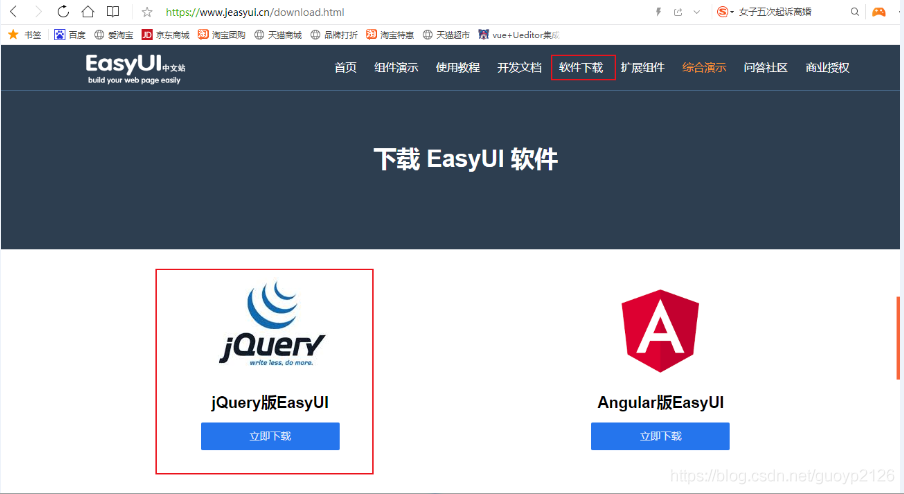时间,抓起来是黄金,抓不起来是流水。做事只要坚持不懈,就能获得成功。把自律成功当做一件圣事,当自己的摆渡人。对骄傲的人不要谦虚,对谦虚的人不要骄傲。大家都在做同样的事,不同的是自己怎样做? 博学慎思,明辨笃行。
本文实例讲述了JSP使用Servlet过滤器进行身份验证的方法。分享给大家供大家参考,具体如下:
1、Servlet过滤器的作用描述
(1)在HttpServletRequest到达Servlet 之前,拦截客户的HttpServletRequest。
根据需要检查HttpServletRequest,也可以修改HttpServletRequest头和数据。
(2)在HttpServletResponse 到达客户端之前,拦截HttpServletResponse。
根据需要检查HttpServletResponse,可以修改HttpServletResponse头和数据。
2、应用Servlet过滤器进行身份验证
假设网站根目录下的login1.htm、longin1.jsp用于用户登录,而chap08目录下的文件需要用户登录后才能访问。
(1)编写Servlet过滤器
@WebFilter("/FilterStation")
public class FilterStation extends HttpServlet implements Filter {
private FilterConfig filterConfig;
public FilterStation() {
super();
}
public void destroy() {
}
public void doFilter(ServletRequest request, ServletResponse response, FilterChain chain) throws IOException, ServletException {
HttpSession session=((HttpServletRequest)request).getSession();
response.setCharacterEncoding("gb2312");
if(session.getAttribute("me")==null){
PrintWriter out=response.getWriter();
out.print("<script>alert('请登录!');location.rel="nofollow noopener noreferrer" href='../login1.htm'</script>");
}
else{
// pass the request along the filter chain
chain.doFilter(request, response);
}
}
public void init(FilterConfig fConfig) throws ServletException {
// TODO Auto-generated method stub
this.filterConfig=fConfig;
}
}
(2)配置web.xml
<filter> <filter-name>filterstation</filter-name> <filter-class>zhou.FilterStation</filter-class> </filter> <filter-mapping> <filter-name>filterstation</filter-name> <url-pattern>/chap08/*</url-pattern> </filter-mapping>
(3)login1.htm代码
<html> <head> <title>用户登录</title> </head> <body> <form method="POST" action="login1.jsp"> <p>用户名:<input type="text" name="user" size="18"></p> <p>密码:<input type="text" name="pass" size="20"></p> <p><input type="submit" value="提交" name="ok"> <input type="reset" value="重置" name="cancel"></p> </form> </body> </html>
(4)login1.jsp代码
<%@ page contentType="text/html;charset=GB2312" %>
<html>
<head><title>Session 应用演示</title></head>
<%
if (request.getParameter("user")!=null && request.getParameter("pass")!=null)
{
String strName=request.getParameter("user");
String strPass=request.getParameter("pass");
if (strName.equals("admin") && strPass.equals("admin"))
{
session.setAttribute("login","OK");
session.setAttribute("me",strName);
response.sendRedirect("chap08/welcome.jsp");
}
else
{
out.print("<script>alert('用户名或密码错误');location.rel="nofollow noopener noreferrer" href='login1.htm'</script>");
}
}
%>
</html>
希望本文所述对大家JSP程序设计有所帮助。
以上就是JSP如何使用Servlet过滤器进行身份验证的方法。你一天的爱心可能带来别人一生的感谢。更多关于JSP如何使用Servlet过滤器进行身份验证的方法请关注haodaima.com其它相关文章!

